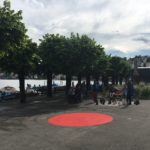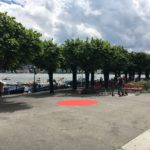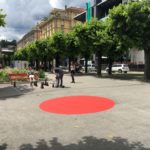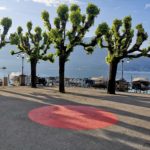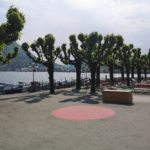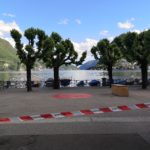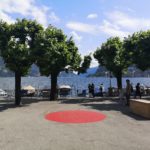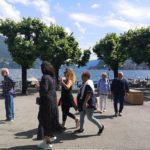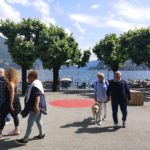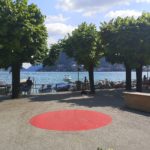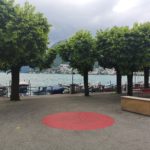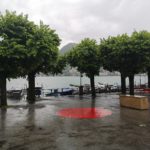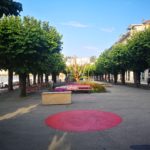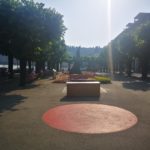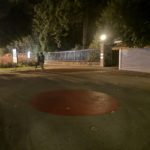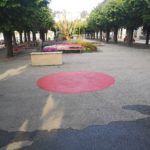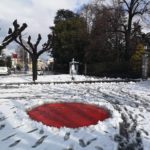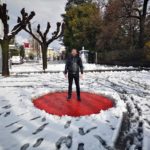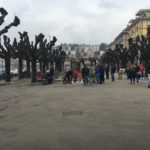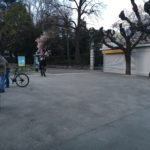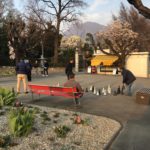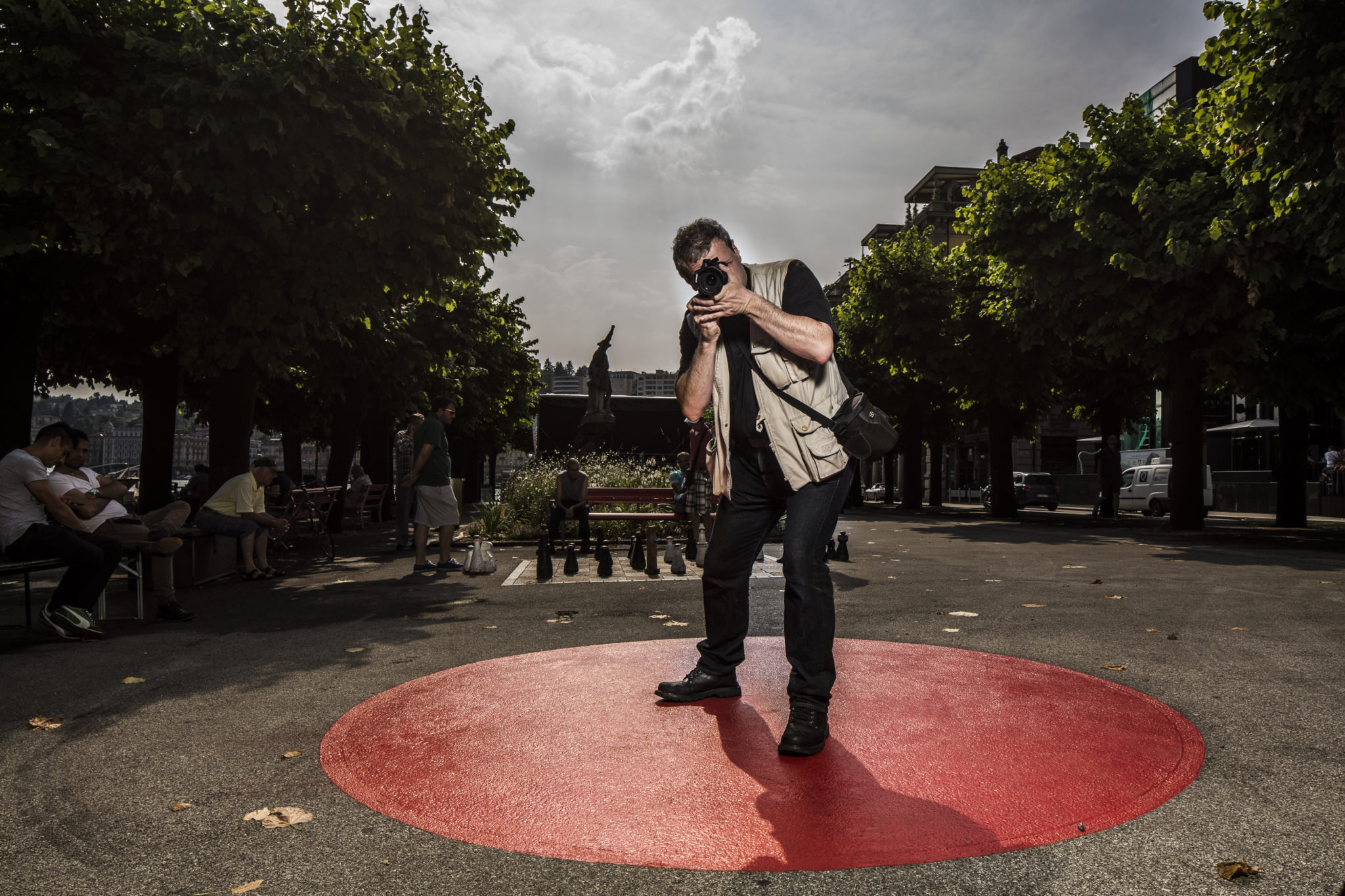
Sequel (PFZ, 2015*)
Privacy-Free Zone (2016*)
The Privacy-Free Zone (PFZ, 2016+) project has as its purpose the exploration of a paradox: how do the rights of privacy and freedom of artistic expression coexist in different countries? How does the right of privacy gives everyone the exclusive right on their own personal image and prevents third parties from representing it?
Human Rights Council resolution 19/6 guarantee the right to freedom of artistic expression and creation
Which is the physical space of an image?
From what are we protecting us?
From whom?
Transitive relation of the artist
In mathematics, a binary relation R in a set X is transitive if, and only if, for each a, b, c belonging to X, a is in a relation with b and b is in a relation with c, then also a is in a relation with c. In symbols:∀ a,c ∈ X : aRb ⋀ bRc ⇒ aRcSo for example, “bigger than”, “equals” are transitive relations if: a=b and b=c, then a=c. So, if for each a, b, c belonging to X (project), a (artist) equals b (matteofieni), and b equals c (people), then a = c, then as a consequence all people participating to X are artists. This demonstrates that the theory, called “transitive relation of the artist” by MF, does work. Obviously, there still needs to be a demonstration that a (artist) = b (matteo). This will happen if c (the participants) will contribute to the project and consciously to its principles.
Principles of the project
P1: As we have the right to watch, observe, and reflect on what surrounds us to understand ourselves and where we are going, we also have the right to create photographic documentation that is relevant to us, without anyone holding us back, especially within this specific public place.
P2: In the name of research, in this zone the artist allows people to create photographic documentation, which will be useful for the studies. It is therefore allowed to express yourself and to document one’s or others’ self-expression in a variety of known ways.
P3: Nowadays, only pictures of adults, clearly visible, can be taken and published. This can be done without their permission only if they are aware of standing in the artist’s red circle, so with both feet completely within the space defined by the circle.
P4: The persons appearing outside the circle can be published by concealing their identity in various ways and if who is publishing considers it appropriate.
P5: Given that when we walk in the street we already are public, each of us is co-author and responsible for the public expression and the image derived from it.
P6: This artwork will increase or diminish its value proportionally to the quantity of control needed in public spaces.
P7: Thanks to the “transitive relation of the artist”, granted by the author, the project gives the right of art. 21 CS to publish the photographs through the hashtag #PrivacyFreeZone without incurring troubles related to public order.
Lugano, 23rd June 2016
- Caption!!!!

